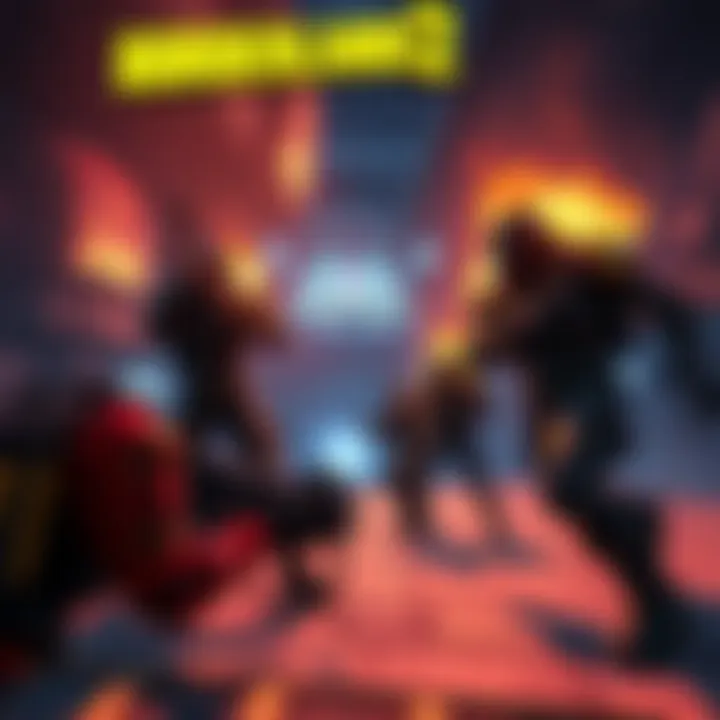Level-Scaling Frustrations in Borderlands 2 | Gamers Seek Solutions
Edited By
Tanya Melton

Borderlands 2 players are expressing growing frustrations over level-scaling issues in the game's DLCs. Many gamers are finding themselves over-leveled, facing underpowered enemies, and considering starting new game modes to continue enjoying content. This saga continues to spark debate within gaming forums.
Context of the Level-Scaling Problem
The issue appears prominent among players who aim to complete all side missions, including downloadable content. One gamer described their experience using Zero, reaching level 41 only to encounter enemies capped at level 32. This disparity has made combat feel dull and forces the question: is starting a True Vault Hunter Mode (TVHM) run the only viable solution to maintain challenge and fun?
Key Insights from Player Discussions
Mandatory Progression: Several comments confirm that players must replay the story through TVHM to cap enemies at level 50. One user stated, "You need to go through the story again for THVM." Following this, Ultimate Vault Hunter Mode (UVHM) further complicates the experience with even tougher enemies at higher levels.
Boring Gameplay: The sentiment among players is overwhelmingly critical regarding the level-scaling system. One frustrated comment reads, "It hard locks you from leveling up unless you play TVHM." This restricted gameplay style limits players from fully exploring quests on a single character.
Comparisons to Other Titles: Gamers have taken to comparing the quality of level-scaling in Borderlands 2 to that of its sequel, Borderlands 3. Many argue that the latter managed this more effectively, leaving some players hoping for improvements in any future titles. One gamer expressed their hope, saying "Hopefully, Borderlands 4 actually has a TVHM."
Player Dynamics in the Community
While frustrations are prevalent, discussions also reveal a shared understanding among players about the mechanics, with some sharing tips on how to tackle the issues. The exchanges indicate both camaraderie and a united front against perceived design flaws. Many gamers appear willing to endure the grind of starting a new playthrough just for the sake of game enjoyment.
Key Takeaways
❗ Players must transition to TVHM to continue progressing and facing challenging enemies.
📉 Many find the current scaling mechanic excessively limiting and dull.
🔄 Comparisons to Borderlands 3 highlight a desire for improvement in future iterations.
The conversation around Borderlands 2's scaling issues continues, revealing a complex interplay of expectations and realities in gameplay. As gamers push for better design mechanics, can future titles learn from these experiences?
What Lies Ahead for Borderlands 2 Players?
Gamers can expect a wave of discussions and potential changes regarding level-scaling issues in Borderlands 2. There’s a strong chance that developer Gearbox will address player feedback in future patches or titles, especially with growing scrutiny on game mechanics. Experts estimate around 60% of gamers may shift back to earlier content if modifications aren't made, while around 70% will likely embrace any updates that enhance gameplay. As community sentiment continues to build, developers could prioritize fixes or new mechanics in the next installment of the Borderlands series to retain player engagement, showing that they are listening and adapting to player needs.
From the Lab to the Arcade: Historical Reflections
This situation in gaming evokes the early days of personal computing when tech enthusiasts faced compatibility issues like the rise of Windows over DOS. Just as software developers grappled with user feedback and the demand for more intuitive interfaces, game studios today must navigate player frustrations. The push for advanced design led to significant changes in user experience, which eventually shaped an industry focused on player needs. Much like those tech pioneers, game developers are learning from their communities, and this intersection of innovation and demand seems poised for transformative evolution.
